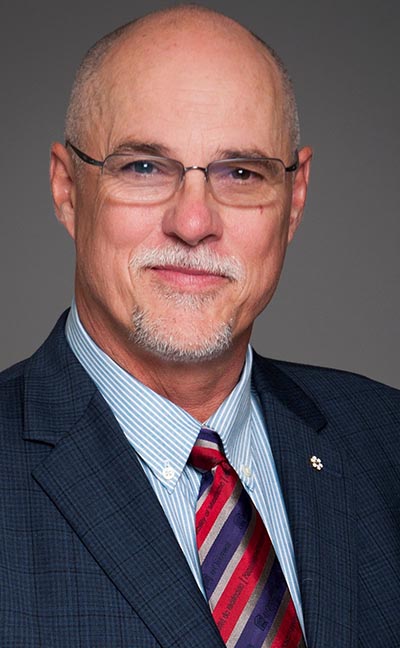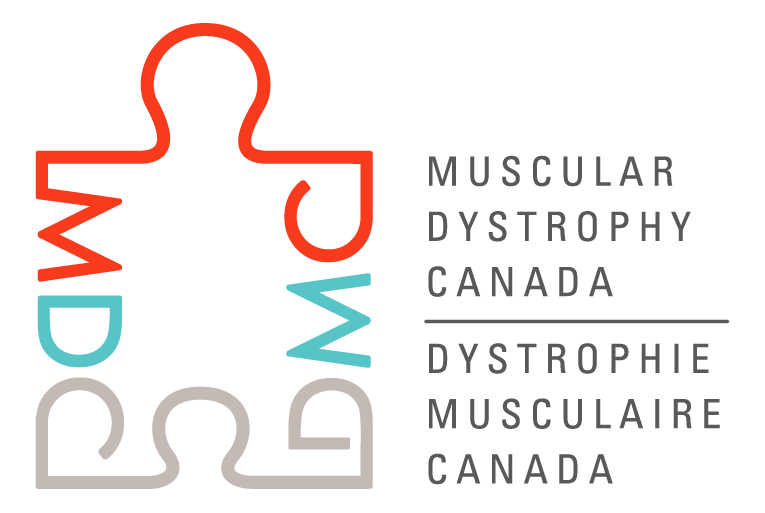A multidimensional single-cell approach to understand muscle dystrophy
2020
Lead investigator

Dr. Michael Rudnicki
Ottawa Hospital Research Institute
Ottawa, Ontario
Collaborators & Co-Investigators
- Dr. Alessio Bava PhD
- Fabien Le Grand, PhD
- Stefano Previtali MD, PhD
- Markus Rüegg PhD
Research Sites & Affiliations
- UMR 3348 CNRS/Institut Curie/Université Paris Sud, Paris, France
- UMRS974, Centre de Recherche en Myologie, Paris, France
- IRCCS Ospedale, San Raffaele, Italy
- University of Basel, Biozentrum, Basel, Switzerland
Funding partners: CIHR-Inst Genetics , European Rare Disease Network
Budget: $450,000
Disorders: Duchenne/Becker Muscular Dystrophy , Congenital Muscular Dystrophies
Research Areas: Discover Novel Treatments & Therapies
Abstract:Duchenne Muscular Dystrophy (DMD) and LAMA2-related Muscular Dystrophy (LAMA2 MD) are rare and devastating genetic disease of childhood manifested by progressive skeletal muscle wasting and ultimately death. In both diseases, muscle undergoes constant cycles of degeneration-regeneration exacerbated by intrinsic muscle stem cell (MuSC) dysfunction and their impaired ability to support long-term regeneration. The overall goal of the project is to use a combination of single-cell transcriptomics (RNA-sequencing) and proteomics (mass cytometry, CyTOF) to define the cellular composition of diseased muscle tissues at the single-cell resolution. We will delineate the different cell populations that pre-exist and arise during disease progression and classify the novel cellular subsets involved in this process.
This data, in combination with genetic lineage tracing will allow reconstruction of the MuSC lineage hierarchy. We will further characterize cellular subpopulations associated with human muscle dystrophies by performing 3-Dimensional intact-tissue RNA sequencing on patient biopsies. The unbiased elucidation of the cellular events underlying the different steps of muscle disease progression at the single-cell level represents crucial missing information, which will push forward our current knowledge on muscle dystrophies. Ultimately, our goal is to develop new biomarkers and eventually new pharmacological approaches to enhance therapy by stimulating intrinsic muscle tissue repair and capitalize on our single cell expertise to uncover disease-related subsets in human biopsies.
Impact:
